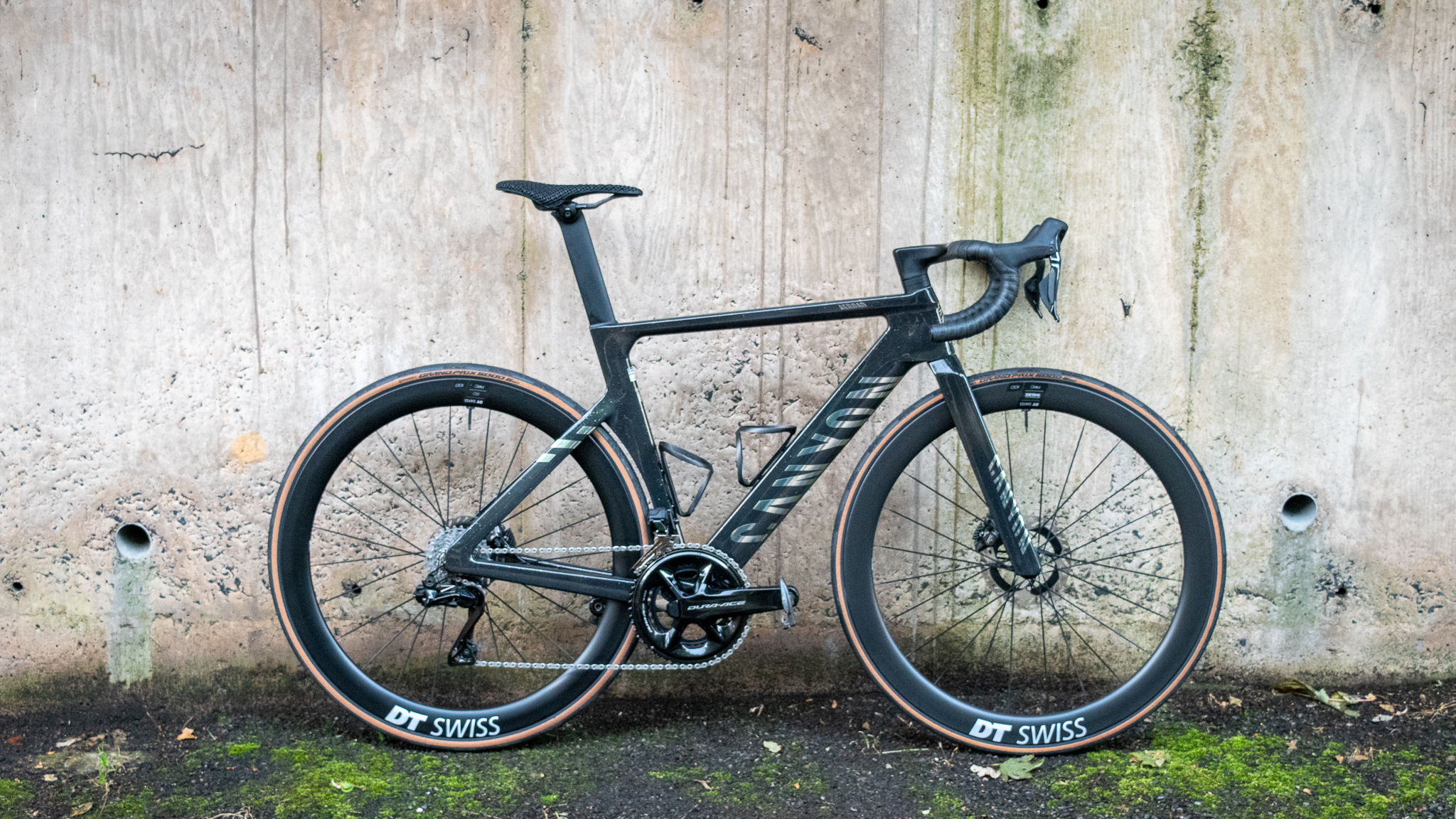

Price: €9,999 / $9,999 / £9,299
Weight: 7.0 Kg - Size S
Groupset: Shimano Dura-Ace Di2
Wheels: DT Swiss ARC 1100 Dicut
Tyres: Continental GP5000 S TR 25mm - F 28mm - R
Sizes: 2XS-2XL
Colours: Alpecin / Sparkle Stealth - pictured
When I think of the Canyon Aeroad, I picture Mathieu van der Poel absolutely hammering his own up a cobbled climb in the Spring Classics or flying over the Roubaix cobblestones, all raw power and poise and often to a victory.
The World Road Race Champion now has a new bike to race on as Canyon released a new version of its Aeroad race bike recently
We spotted this new Aeroad at the Critérium du Dauphiné earlier in the year, a race that's often a proving ground for new equipment ahead of the Tour de France. It’s been hiding in plain sight ever since and Alpecin-Deceuninck and Movistar are currently racing on the bike at the Tour de France. As bike launch tactics go, I’m all for it, own the news and publicity rather than worrying about the bike being spotted and trying to hide it. In fact, the bike won three stages of this year's race thanks to sprint ace Jasper Philipsen and his custom-painted version; not a bad start all told.
This is the 4th generation of the Aeroad - a model which has existed since 2011, a fact which reminded me how time flies - and Canyon says its development has required "a depth of pro rider feedback" as well as feedback from mechanics. Promising stuff! The Aeroad also features in our best road bikes buyers guide.
You can read all about the changes in our news story for the new bike but summed up, the new bike is different enough that it's easy to spot, and has received some frame and tube profile refinements to make it quicker, some updates to aid serviceability, as well as an interchangeable alternate handlebar drop section that riders can easily swap between.
In my initial impressions review, I said after 100 miles the Aeroad seemed to do exactly what it said on the tin. I've ridden the bike for a few months now. I've tackled steady lunchtime spins, hard chain gangs, and even a road race to really test it out thoroughly. We even took an Aeroad CFR to the wind tunnel to test it there against ten other superbikes so you can now enjoy a full and comprehensive review of it.
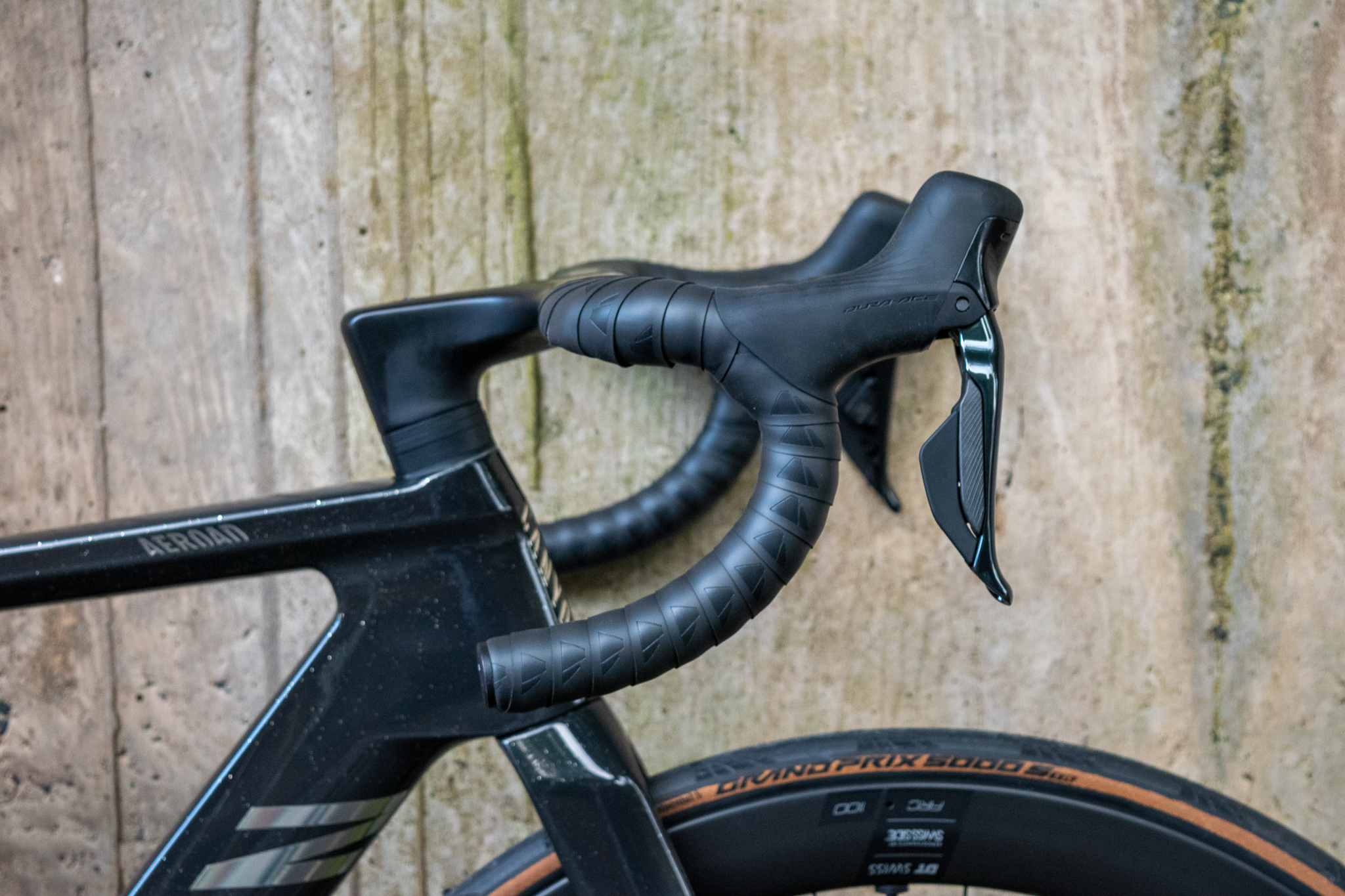
Design and specifications
I'll start with the aesthetics, the Aeroad just looks mean. Its angular and aero tube profiles look fast and aggressive standing still. I've been testing the 'Sparkle Stealth' paint scheme as pictured. I'd call it a gloss dark grey with silver flecks and don't forget the big chrome Canyon logos. It's not too much though and the bike looks great. Add in a decent bit of seatpost and the deep section wheels and you have one fast-looking race bike.
I'm testing the CFR Di2 model, the CFR being Canyon's top-tier frame spec option. The bike as pictured retails for €9,999 / $9,999 / £9,299. For that, you get the Dura-Ace groupset, with power meter chainset, DT Swiss wheelset, Continental GP5000 tyres and Selle Italia SLR boost saddle. The rest of the finishing kit is from Canyon and is bike-specific.
The bike arrived with DT Swiss ARC 1100 wheels and DT Swiss 180 hubs. Tyres were Continental GP5000 S TR tyres in a 25mm size up front and 28mm at the rear. The wheels have a 20mm inner width and with a 25mm tyre up front, things feel slightly narrow and perhaps a touch harsh on some roads.
I understand the 25mm / 28mm combo was tested as the fastest, and that's what you will want if you're buying this bike. Indeed, Canyon told me the 25mm tyre is the fastest for the specced DT Swiss wheels. Philipsen is racing, and winning on 28s though, but with a different Dura-Ace C50 wheelset. I was a touch surprised not to see 28s or even 30s fitted on a consumer bike. The clearance for the frame is 32mm though, apparently requested by Van der Poel himself. If you are interested I have ridden with a 32mm Continental GP5000 S TR tyre in the front and it fitted comfortably when mounted to a 23mm internal width wheel, so clearance is ample.
While on wheels and tyres, I'll mention the DT Swiss 180 rear freehub which is uncomfortably loud. It isn't the most ridiculous I've come across, but it is too much for me. You can listen to a soundcheck below, and while you may be able to quieten it down to a degree it's worth noting if it's a big deal for you and your wheels. Conversely, if you like your freehubs to make a racket, you'll be well pleased.
The bike was very easy to set up out of the box, It was a case of installing the seatpost, which was very easy to do, some seatpost bungs and bolts are a faff, but not so here. On the topic you can also neatly attach the Canyon Flash Taillight to the seatpost using the supplied bolts. I installed the drops of the handlebars on the width adjustable bar. The second time I've done it and it still feels just as odd to me, but it was easy and after the first shakedown ride, I moved them to their narrowest setting. Everything else was done for me, I just added sealant to the tyres, installed the neat new computer mount and ran a torque wrench front to back for peace of mind.
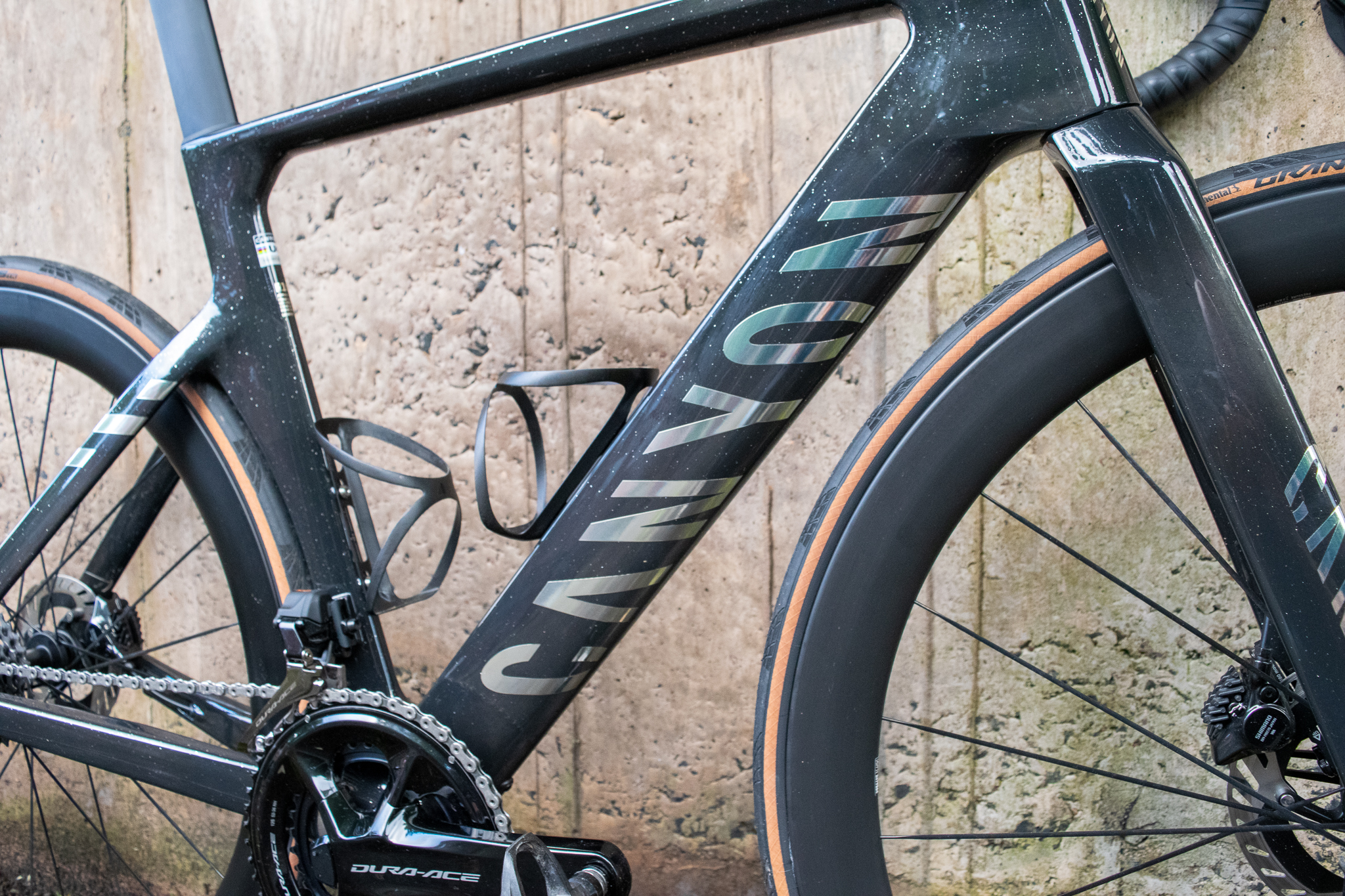
I was pleased to see that Canyon has got rid of the proprietary headset pre-load tool that the CP0018 bar found on the old bike used. And replaced it with a Torx bolt which will be a lot more user-friendly. The older design I'm sure has caught users out and a wobbly headset you can't adjust is a potential safety issue. It makes the bike easier to live with and more user-friendly and I'm all for it.
All handlebar, headset and seatpost bolts are also now T25 Torx, so you only need one tool. Perhaps evidence of the mechanic consultation that was mentioned in the bike's press material. The included thru axle handle has a T25 bit included on the end, a nice move to streamline and aid adjustments. I used a torque wrench/ratchet and my own bits at home, but it's nice knowing you have a tool to use attached to the bike if you ever need it.
On the subject of living with the bike, Canyon has upgraded all the headset fasteners on the new bike to titanium bolts and has also upgraded the headset bearings. There is also a titanium fork crown race, which I can't say I've heard of before which Canyon says is for 'maximum abrasion resistance'. I'd guess there have been some rounded-off, seized bolts in the handlebar assembly and possibly some prematurely worn-out headset bearings due to the integrated handlebar and stem making access for servicing harder than normal.
I mentioned the need to not overwash the CP0018 bar in my Endurace CFR review. If these changes help cause less headaches and save money for owners generally then it's great news and they can only be an improvement over the outgoing bike. I stand by that point though, full headset strips and services will be more complex here, so I'd still say go steady with the hose or jetwash in the headset area. You can create enough room when you loosen off the headset preload to access the upper and lower bearings and I would be checking and adding as much thick grease as I could straight out of the box if it was my bike.
The frame updates appear to be to extract speed and increase stiffness and handling. At the front, the deepened fork legs clearly stand out, and the closed drive-side dropouts are a nice aero touch. The headtube profile has been narrowed as has the downtube. Whilst the seat tube / seatstay junction and top tube have been reinforced. The Aeroad was one of the bikes we recently took to our bike wind tunnel test and Canyon supplied us with another model to test, results were tight but if you want the full low down can read the premium superbike wind tunnel test and accompanying which superbike is fastest news piece.
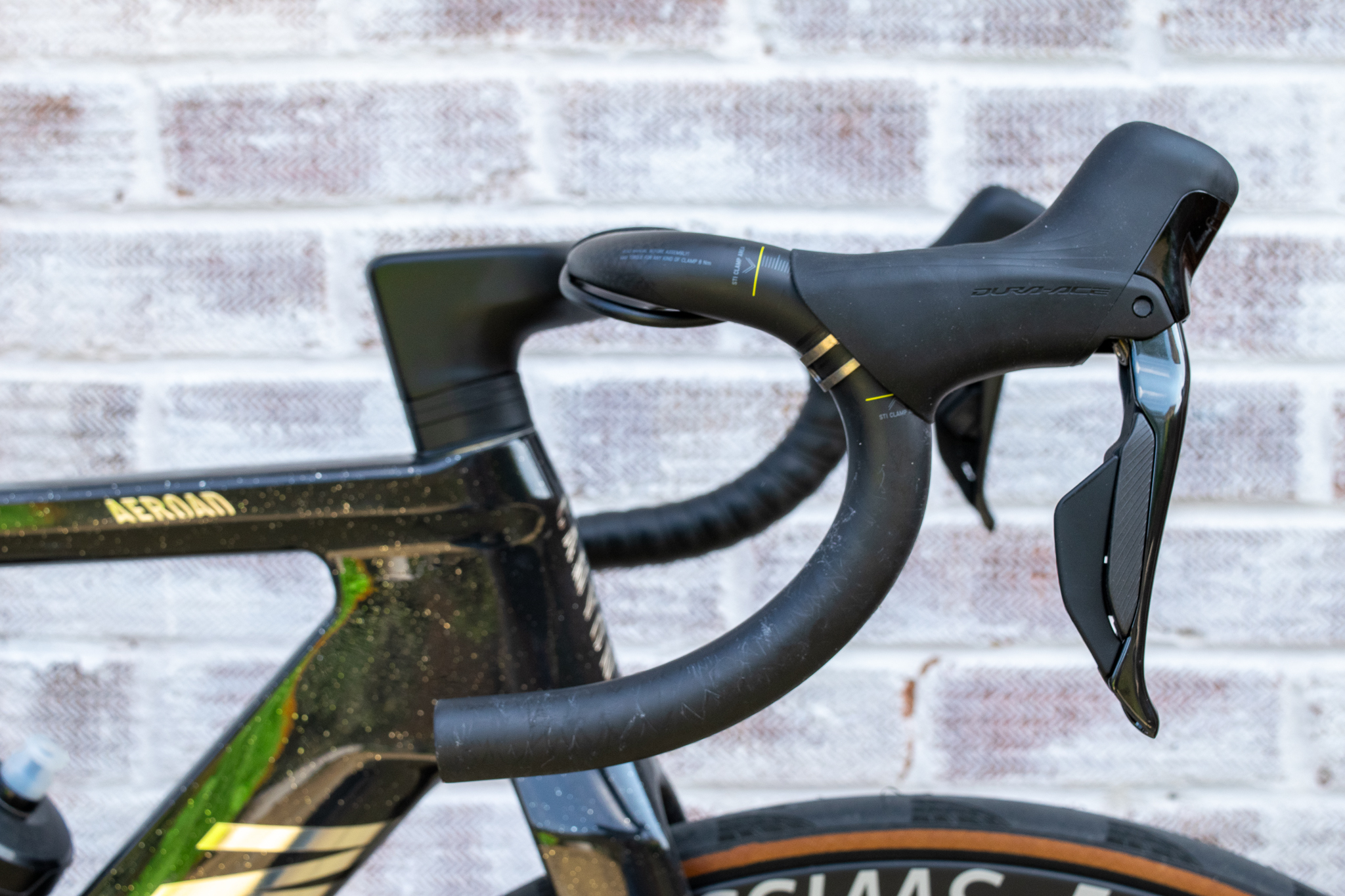
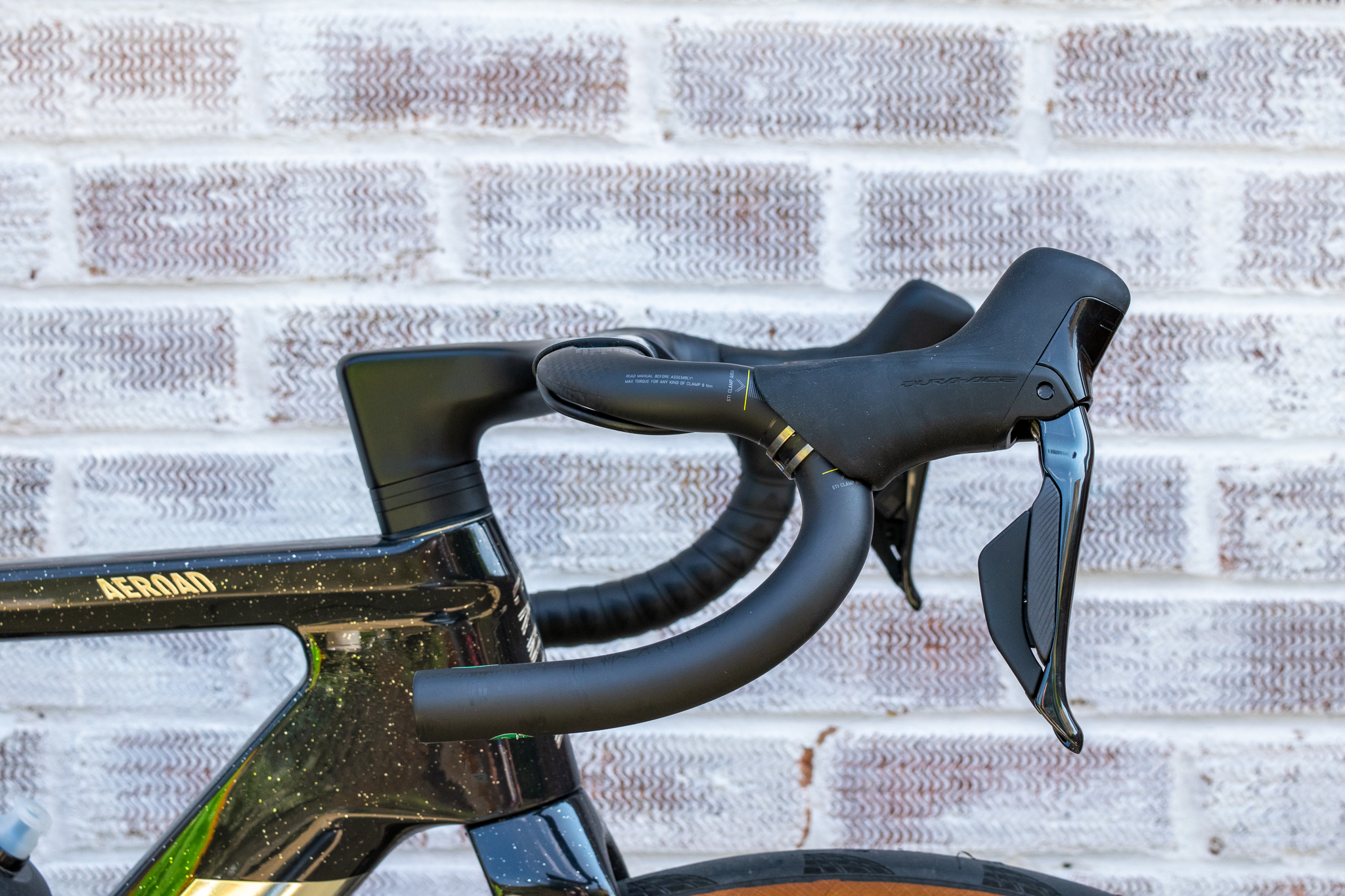
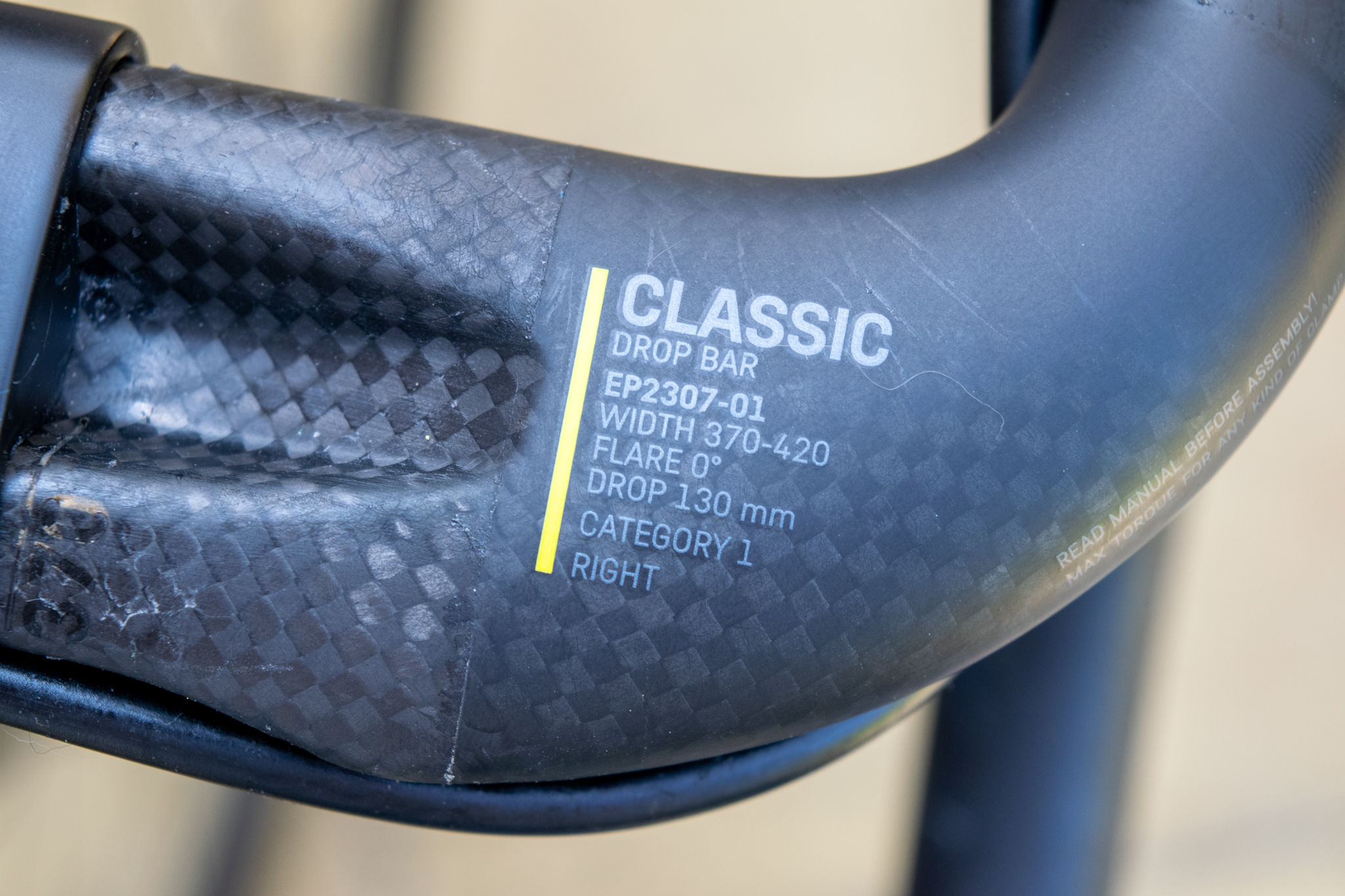
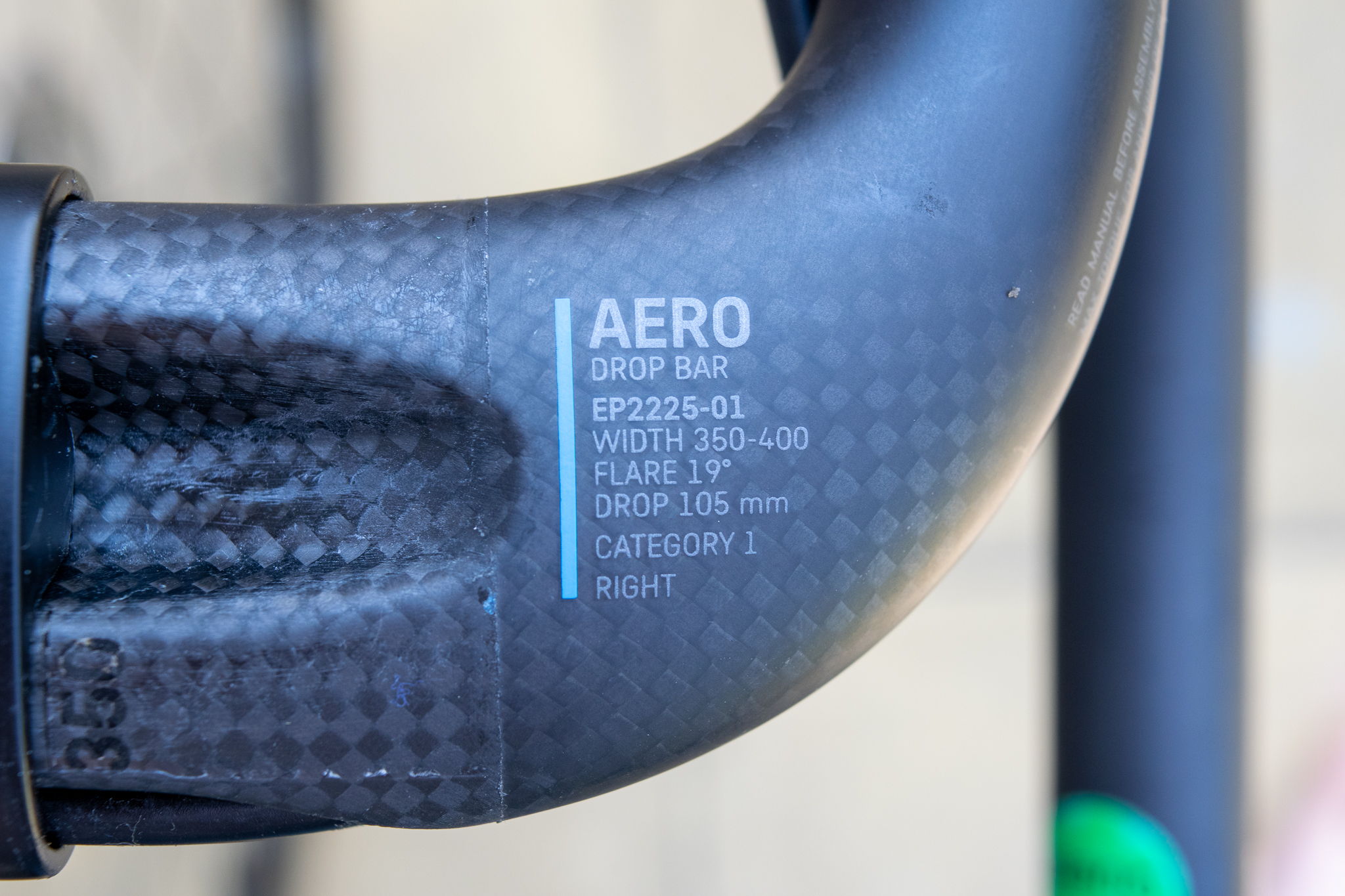
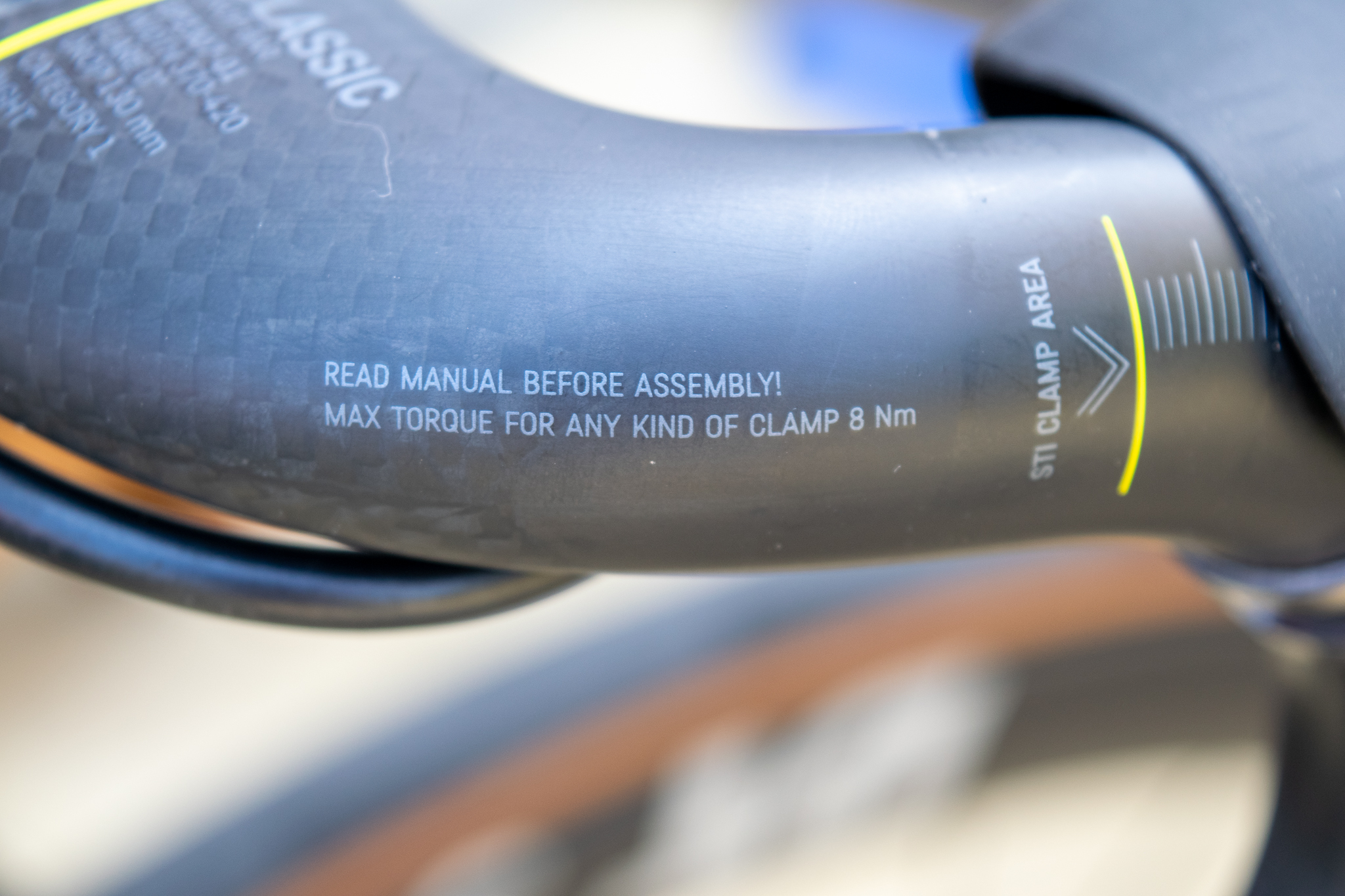
The Pace handlebar is new and will come fitted to all seven Aeroad models. Look closely and you will see Alpecin riders using a negative drop stem version which I'm told is 'Pro only'. Full specs are in the pictures above.
The new handlebar has 'drop' sections that can be interchanged. The 'Classic' drop section comes as standard on all models, whilst an 'Aero' drop which is narrower and flared is available. Canyon claims the Aero drop provides a 14-watt saving in testing in an aero position. The aero drops won't be included with a complete bike though and will be a £219.95 add-on if you want them. My test bike arrived with both drop sections so I could test both out. You can watch a reel below from our Instagram page of what swapping the bar sections looks like but it's very simple to do and brake hoses can stay attached.
I kicked off with the classic drops which I adjusted to their 370mm narrowest width after a few rides. They have quite a deep drop and I got on fine with them, there's no flex that I can feel (at 65kg and with a max power of about 1,110 watts on a good day) I've done plenty of max sprints on the bike and haven't felt any flex.
I switched to the Aero drops after a time and have kept them on the bike since. I set them up at their narrowest 350mm width which makes sense if you're going aero anyway. I'm not a big fan of massively turned-in levers or super narrow bars, for aesthetics as much as anything, but the aero drops seem to strike a nice balance. They aren't crazy flared and don't look super narrow at 350mm so aesthetics-wise the bike still presents well.
I set them up with my levers turned in slightly to follow the flare but certainly not at an extreme and enjoyed being able to settle down and get aero on the hoods. The shallower drops take some getting used to as the difference is noticeable and I did have to adjust my hand position when sprinting in the drops as my wrists touched the curve in the bars just before the shifters. No big deal though and it wasn't a problem. I was also able to swap between the same roll of bar tape when using the sections, if you adjust the spacing of your bar tape wraps you will get away with it if you end up buying both sets of drops.
It's one thing getting aero on the flat and hunkering down but you still need to be able to make power elsewhere whilst holding the hoods in a non-aero position and the shape of the Aero bar still allowed me to do that. If you want to try and really optimise your setup for speed, which makes sense with this bike then they may be a good option.
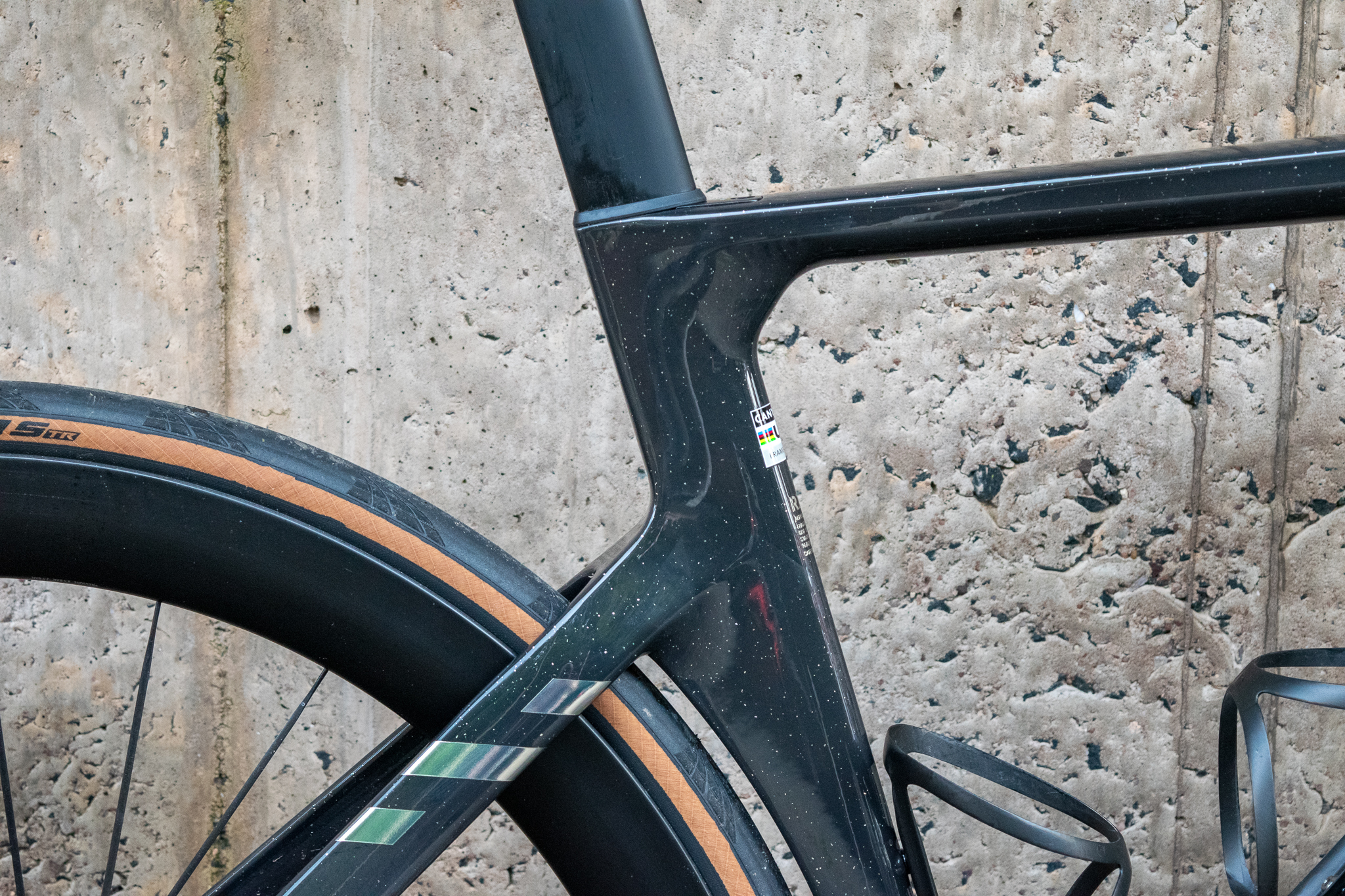
Performance
So just how does a new bike Canyon claim is the fastest in the peloton that's just been ridden to three stage wins in the Tour de France, and the overall GC at the Tour de France Femmes ride?
Well, it became clear pretty much from the first ride the Aeroad CFR is a very capable bike. I was able to get comfortable with it almost instantly. Despite its speed, this thoroughbred doesn't seem high-strung or hard to get on with at all.
Two words are at the forefront of my thoughts when talking about the Aeroad and that’s stiff and fast. It does feel stiff under load and when delivering power, particularly at a slower speed out of the saddle. Is that just because of what I see when I glance down at the bottom bracket shell? I don’t think so. I've done plenty of sprints on the bike, and even set a new one-minute power PB up a short local climb, which I'm sure the bike helped with to a degree when really putting the power down.
The handling is very good too, to my mind. It's stable at higher speeds and under hard braking, precise and sharp turning hard into corners or guiding the bike through sweeping bends, no issues there for me whatsoever. This feeling has been reinforced through my test period. I really like the Aeroad's handling, it encourages you to throw it into corners and turns but retains a planted and stable feeling. It's a lovely balance between sharp and aggressive and controlled.
Hunkered down on the hoods for extended stretches or in the drops the bike just feels quick pretty much everywhere. I turned up for a local club bash on the bike for a hard 30 miles after just a few rides and it was good everywhere, riding hard on the flat, sprinting, and smashing up short British climbs, it's just got you covered and makes you want to ride it hard all the time.
The bike spec is high end and as you may expect, Dura-Ace brings a very high level of performance to the table and the power meter chainset is included from the off. The DT Swiss 50mm rims are said to be as fast as the old Aeroad with deeper 60mm+ wheels, shedding weight and improving handling in one go.
There isn't any detectable flex that I can feel in the integrated and adjustable handlebar and it feels rock solid when wrenching on it getting a big gear turning. I will caveat this again by saying I am a lighter rider, so can't speak for riders with more grunt than me. In fact, the integrated features all feel solid and well executed, yes there will be some initial working out of what sizes you need if you're looking to buy, but once installed and set up everything works without issue.
Lowering and raising the handlebar height can be done in minutes if you want to add or remove spacers. It's just one T25 torx tool for this and I did it myself very quickly. Just make sure the stack height and handlebar and stem options work for you before you commit.
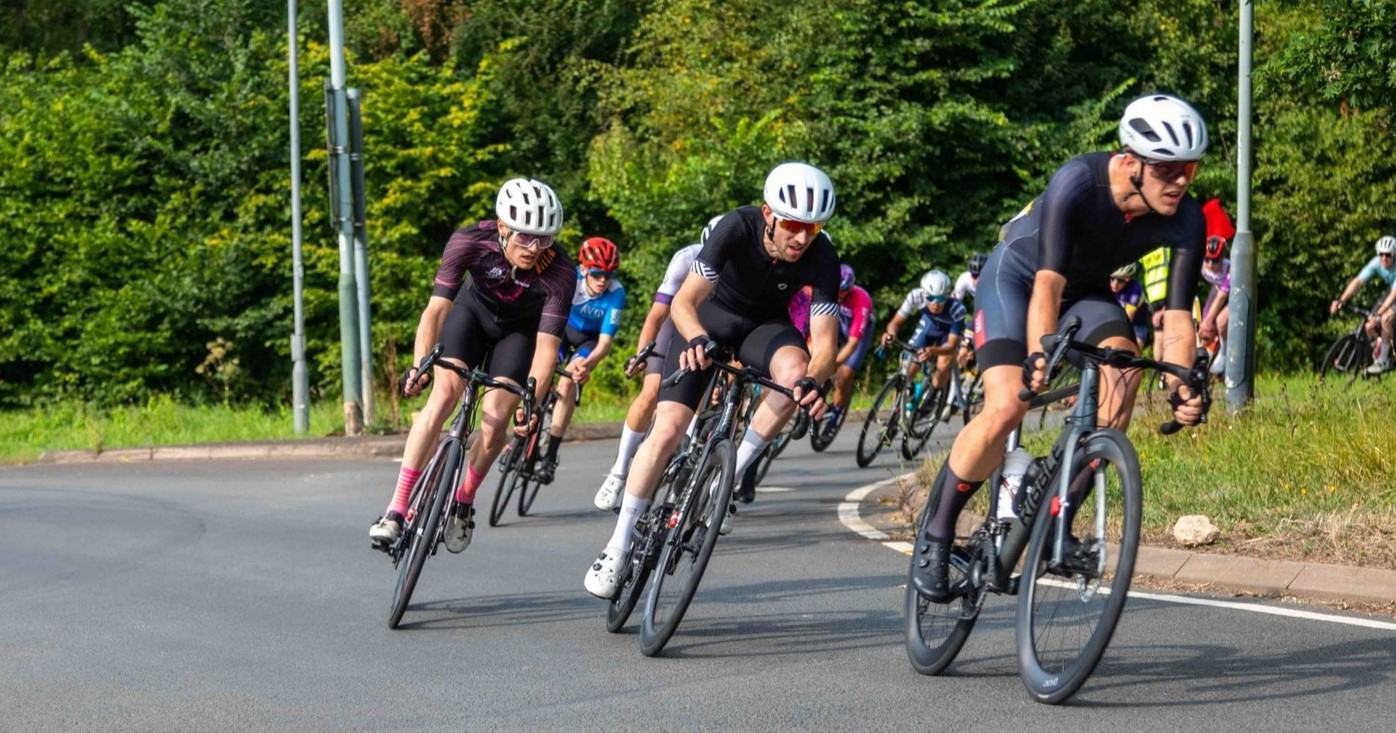
I felt a bike like the Aeroad really deserved a test in a race. I knew I wanted to ride it in anger to really see what it had under the hood so entered the local Frizz Hill road race in the West Midlands, UK, to test the bike, and myself.
The race covered 72km on an 8-kilometre circuit with a 1.4k climb each lap. The race was run off at a 38Kph average speed and I finished 22nd out of around 60 starters on the Aeroad.
I swapped the tan wall GP5000 S TR tyres out for all black 28mm models. I understand the all-black models test slightly faster, and I also preferred the feeling at the front with a 28mm tyre. It just takes a bit of harshness away and I could run slightly lower pressures (65psi) on the smooth circuit. I ran the Aero drop bars as mentioned on their narrowest 35mm setting and treated the chain to a deep clean and CeramicSpeed UFO chain lube.
What did I learn from racing on the Aeroad? I know I would have zero issues racing on the Aeroad, that's for sure. It's a hugely capable race machine and I was confident sitting in the bunch that I was on at least one of the fastest bikes there. The race circuit contained a punchy climb, fast straights, a short section of flowy descent and some fast corners. A great all-around test. I won't dissect the circuit's features, but the Aeroad didn't put a foot wrong. It feels rapid on the flat and when making power on the climbs and the handling leaves you feeling you can throw it into corners. The only thing to let me down in the end was my legs.
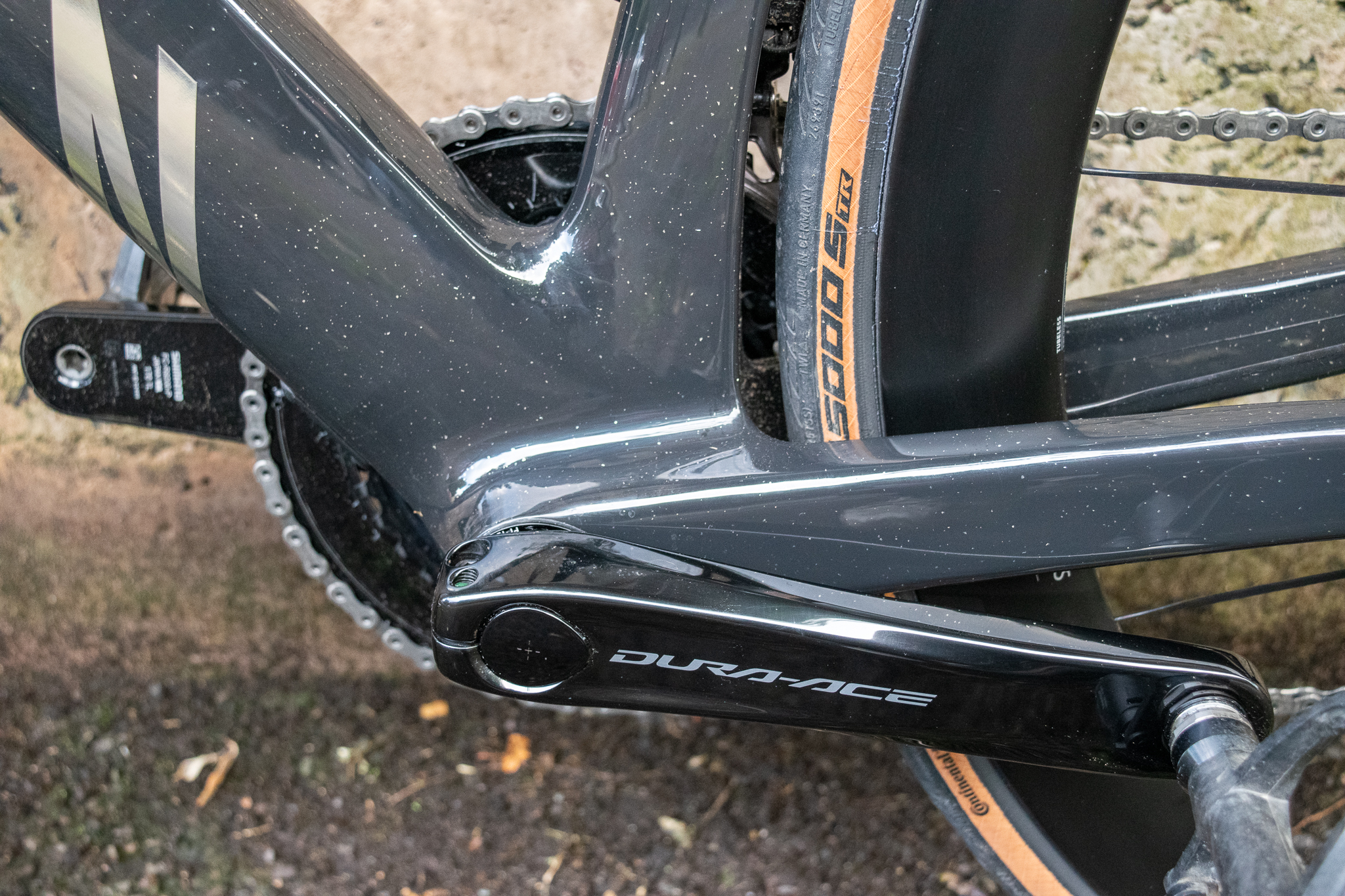
Value
Canyon enjoys a reputation for strong pricing on many of it's models, and it seems to be universally accepted the brand direct sales model aids this.
The Aeroad CFR Di2 is one of the brands top spec race bikes and the bike I've been riding combines in at £9,299. There's a desirable spec list to go with the frame from that doesn't really have any weak points. If I was really splitting hairs I'd personally prefer all black GP5000 tyres, but that's it. It's a very competitive price point when looked at in context compared to the competition.
I think it's fair to call it a superbike and it has plenty of rivals beaten on price. A Dura-Ace, Princeton equipped Pinarello Dogma F is £12,500, a Dura-Ace equipped Cannondale SuperSix is the same price and a Factor OSTRO is £10,750, also with Dura-Ace. The bikes closest competitor is the Van Rysel RCR Pro at £9,000.
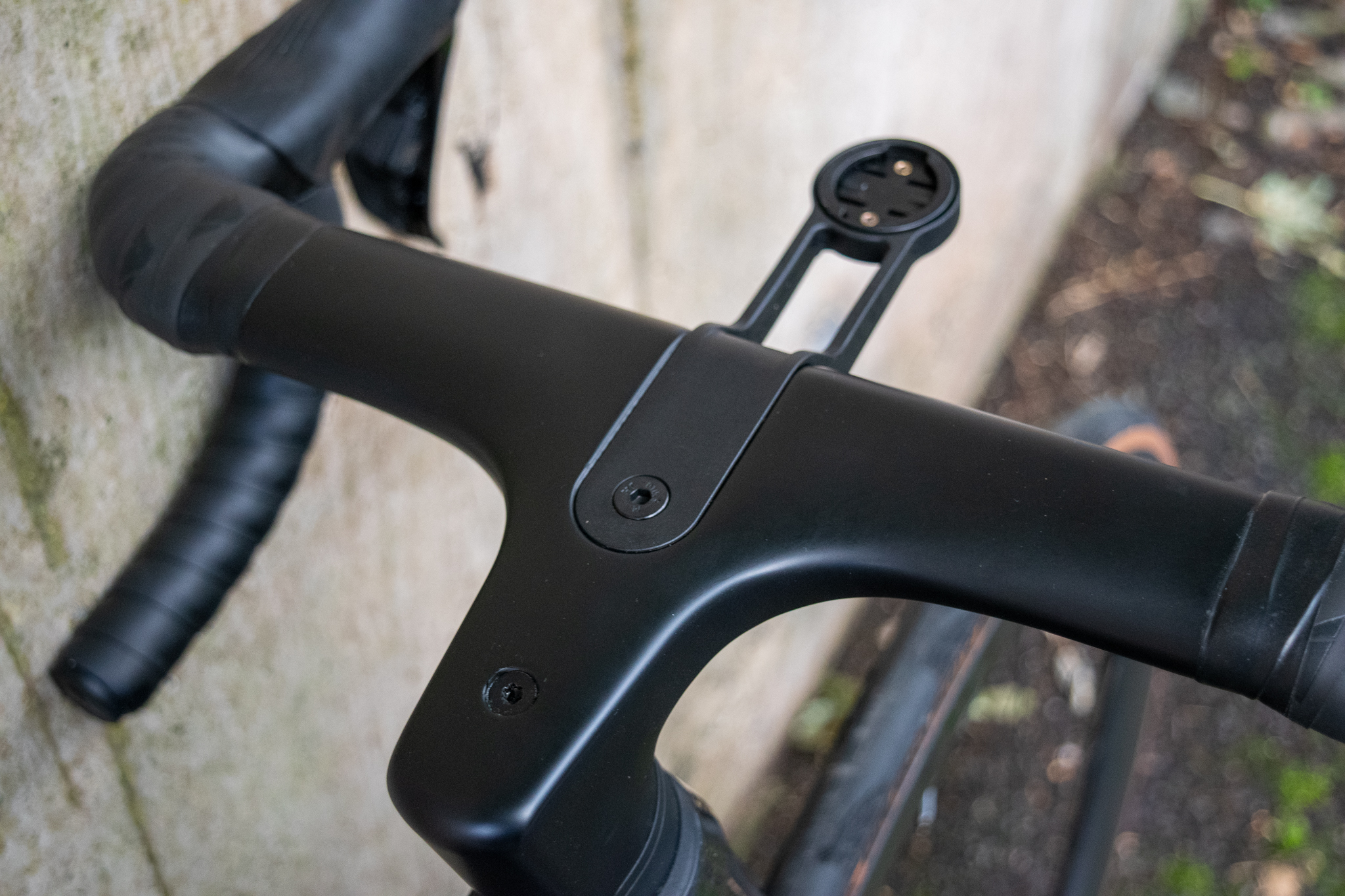
Verdict
I have clicked well with the Aeroad from the off. It's undeniably stiff and fast and urges you on at every turn.
I can conclude now that it's a quick, agile and aggressive race bike that will just have your back whatever you are doing. I've experienced zero rattles over rougher British roads and there have been no issues anywhere. My only niggles are a slightly harsh feeling front 25mm tyre and the angry bee freehub as mentioned. But they are points on the spec, nothing to do with the frame itself.
It's undeniably a really fast bike, but I have never felt beaten up by it. Canyon's top fuel race bike is a weapon and one I will be sorry to see go. The next time I watch MVDP sprinting up a climb I'll remember how the Aeroad has made me want to ride whenever I swung a leg over it with a grin.







